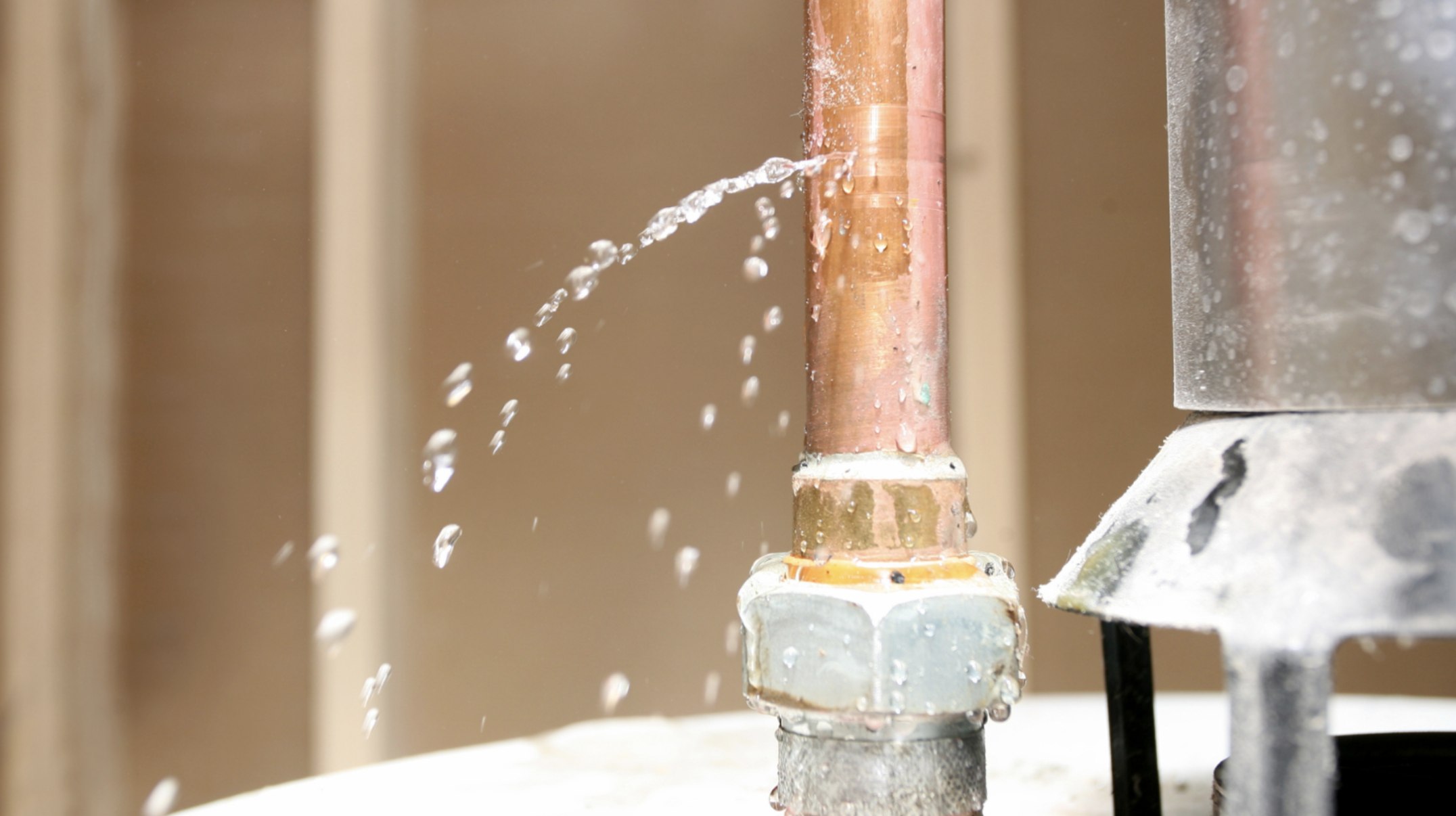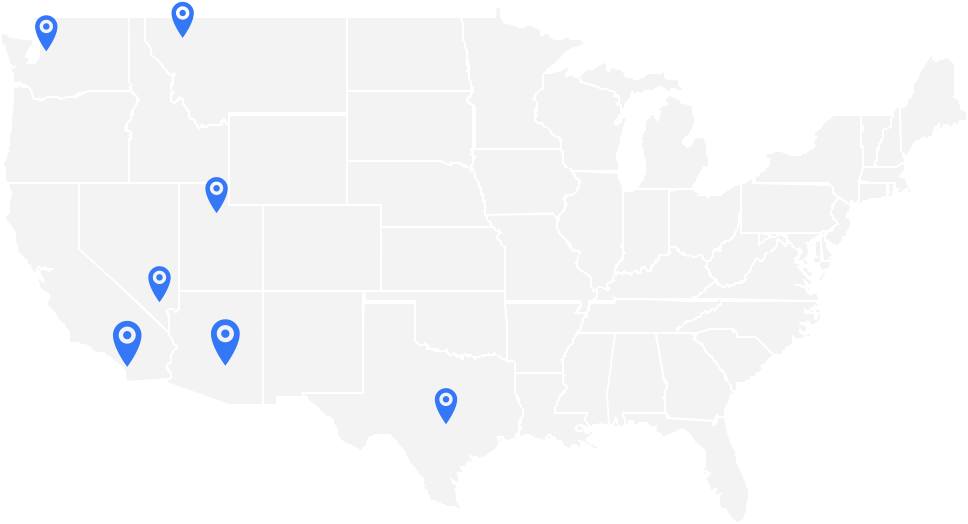Water leaks are more than an annoying maintenance ticket—they can spiral into six-figure repair bills, business interruptions, and lawsuits that land squarely on a building manager’s desk. Understanding where liability starts, how it shifts, and — most important — how to prevent water leaks in the first place is essential for protecting budgets and reputations. Below is a concise game plan drawn from two decades in commercial trenchless pipe repair.
Why Water Leaks Are More Than a Maintenance Headache
- Financial impact: Average commercial leak losses range from $25K to $150K once structural, mold, and tenant-relocation costs stack up.
- Legal exposure: Negligence claims are common when documentation proves inspections were skipped or repairs delayed.
- Brand damage: Tenants remember flooded offices, and insurers raise premiums after a single large claim.
Who Actually Pays? Parsing Liability in Commercial Properties
Building owners, tenants, and managers each shoulder different responsibilities. Triple-net leases often push minor plumbing upkeep to tenants, but structural piping, risers, and main supply lines typically remain the owner’s duty. Courts look at three things: control, knowledge, and timely action. If you control the infrastructure, knew about warning signs, and delayed repairs, liability points at you.
Five Scenarios That Put Liability on Your Desk
- Ignored inspection red flags. Small stains on ceiling tiles that go uninvestigated.
- Deferred maintenance after storms. Heavy rainfall accelerates pipe infiltration—here’s how heavy rain can affect your plumbing.
- Unlicensed or piecemeal repairs. Temporary patches that fail, causing repeat damage.
- No tenant notification system. Tenants can’t mitigate their losses if leaks go unreported overnight.
- Lack of documentation. Without dated photos or work orders, proving due diligence is tough.
Proactive Defense: Inspection, Documentation & Modern Tech
Schedule annual camera surveys of high-risk lines and seasonal roof drains. If you’re seeing any of the 3 signs you need a pipe inspection—pressure drops, unexplained pooling, or odors—act within days, not months. Pair inspections with smart leak-detection sensors; research shows facilities that install them reduce claim severity by 70 %.
For step-by-step claims guidance, bookmark Minut’s guide on making a successful water leak insurance claim—it outlines documentation checklists insurers love.
Choosing the Right Repair Method When the Clock Is Ticking
Once pipes fail, speed matters. Traditional excavation may close sections of your building for weeks, triggering rent abatements. Trenchless epoxy lining cures in hours, repairs from the inside, and carries warranties up to 50 years—see how long epoxy pipe lining lasts. Faster reopening means fewer lost tenant workdays and a cleaner liability record.
Key Takeaways for Building Managers
- Own the schedule: Calendar routine inspections before tenants notice issues.
- Document everything: Photos, flow-meter readings, and signed work orders are your liability shield.
- Choose trenchless first: It minimizes downtime, reduces interior damage, and shows insurers proactive risk management.
- Educate tenants: A quick leak-report protocol keeps minor drips from becoming major disasters.
Ready to Stay Leak-Free?
Advantage Reline’s commercial trenchless experts can perform a no-dig assessment and deliver a turnkey action plan before water leaks threaten your bottom line. Call us today to keep liability at bay—without tearing up your building.






